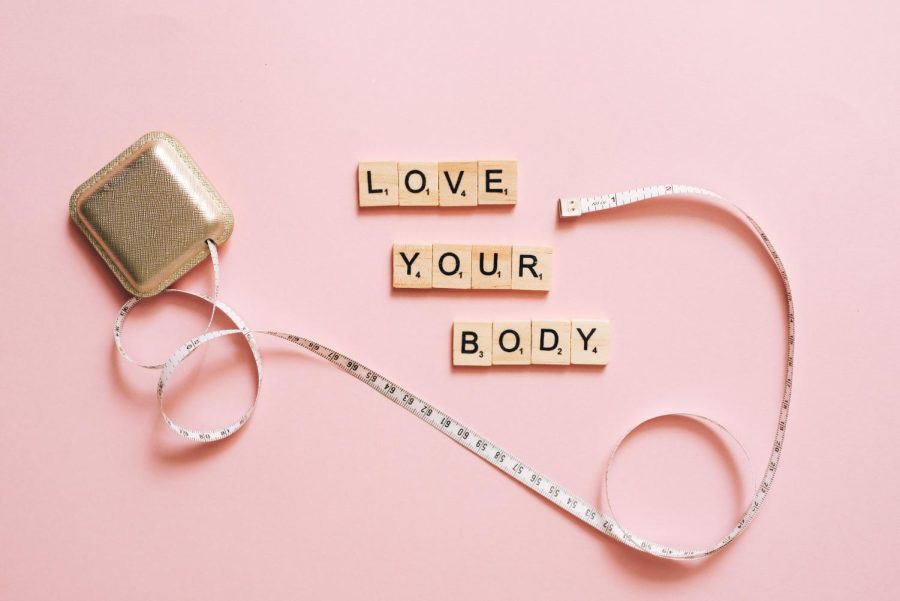Lezaic: Rid the Body Positivity Movement of Ableism
September 28, 2022
We live in a world that forces value on our bodies based on who we are and what we can give. And because our current reality is built on systems of oppression, such as anti-Blackness, anti-fatness and ableism, many bodies are assigned less or no value.
The body positivity movement emerged to lift people up and foster pride in themselves. However, like other movements, we need to address the ableist sentiments present to truly advocate for every person seeking body positivity.
Evolution of the Body Positivity Movement
The body positivity movement was created in the 1960s by fat, queer, Black and disabled people. It was an effort based in radical body acceptance under the same oppressive system we live in today. But since then, it has been taken over by people who don’t fall into most or any of those categories. It became a trendy hashtag online where thin, able-bodied white women quickly became the face of the movement. While everyone should be able to engage in body positivity, there’s an issue when groups who created it in response to systemic oppression are cast aside.
As the movement becomes mainstream and is co-opted by corporations seeking profit, we lose sight of the movement’s initial goal of radical body acceptance. And although the body positivity movement has done a lot of good, like challenging diet culture and anti-fatness, and building up people’s self-esteem, it has also been watered down and tainted by ableism.
Ableist Messages
If the point of body positivity is breaking down expectations surrounding bodies, why do we consistently push out disabled people? On the rare occasion the mainstream movement strays from marketing feel-good products, it entirely neglects the idea that our worth doesn’t come from our bodies.
Elle Taylor, a U student and yoga instructor, said the current body positivity movement is focused on “celebrating everything your body can do for you and [recognizing] your body’s keeping you alive, and you’re safe and well.” But for many disabled people, their relationships with their bodies are often more complicated than that. “There’s a lot of people who are not safe in their own bodies, and their bodies are not necessarily keeping them alive,” Taylor said.
Additionally, there’s the idea that what you look like doesn’t matter as long as you’re healthy and happy. This is a common talking point that posits good health as the ticket to being valued. But for many people, this ideal is unattainable and rooted in healthism and ableism. This caveat, Taylor says, “stops us from just accepting people exactly as they are without any requirements.” By engaging in discourse that promotes what your body can do for you rather than who you are, we continue to push narratives that harm disabled people.
Going Forward
Taylor suggests that one way forward is not only focusing on feeling good, but rather “embodying what’s true.” She also says we need to make sure people have the space to talk about their experiences and emotions, “whether that’s intense pain or anger or grief or trauma.”
Body positivity is not just about deconstructing the value placed on our appearances. It’s also about examining how we value ability and health, especially in a very unaccommodating system. And according to the social model of disability, our system is the disabler itself. To properly engage with body positivity, we need to alter our understanding of disability and how our lives connect to it. We can start by platforming and listening to disability activists, especially those with the same intersecting identities that built the original body positivity movement.
The body positivity movement has been a valid and monumental point in time for many people. But disabled people have been used to boost other people up far too often. We just need to be careful in understanding systemic dynamics as we heal so we don’t lift ourselves up at the expense of others.








